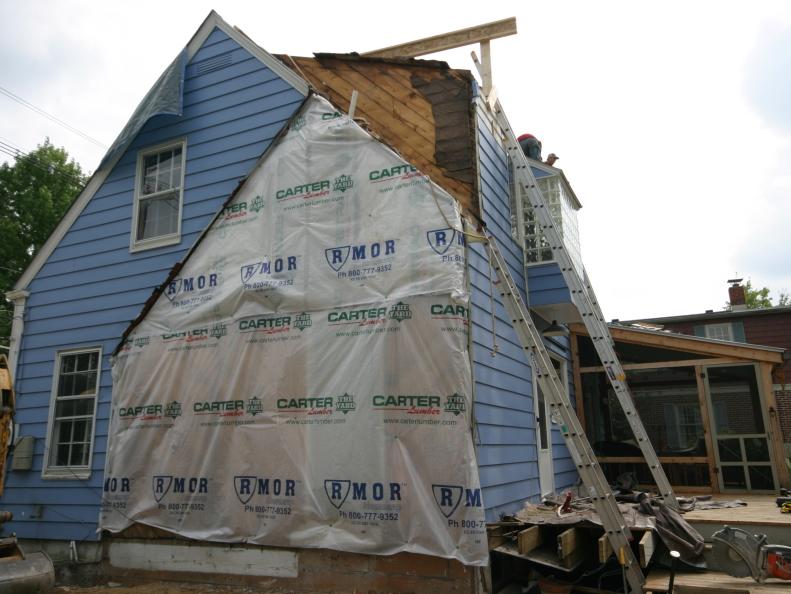1 / 13
Homeowner and carpenter Jeff Wilson is doing a Deep Energy Retrofit (DER) of his 70-year-old home with the ultimate goal of cutting his energy bill to zero.
That meant retrofitting the existing roof and boosting insulation to reduce the family's cooling costs by up to 17 percent. Plus, by applying new spray-foam insulation, radiant sheathing and eco-smart roofing on top of the existing surface, Jeff didn't fill any dumpsters in the process.
That meant retrofitting the existing roof and boosting insulation to reduce the family's cooling costs by up to 17 percent. Plus, by applying new spray-foam insulation, radiant sheathing and eco-smart roofing on top of the existing surface, Jeff didn't fill any dumpsters in the process.









